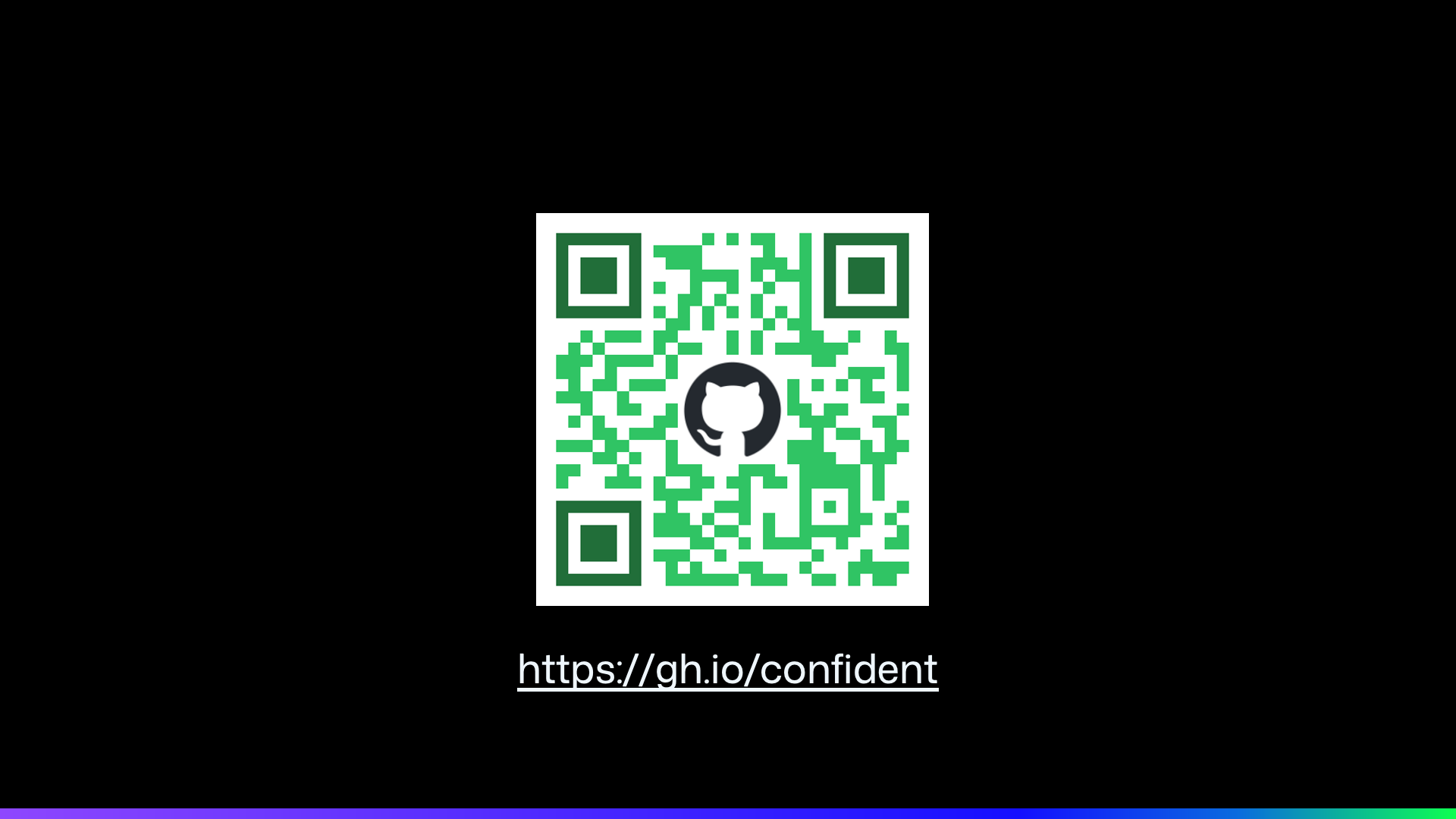Leading Teams in the Age of Agentic AI
By: Andrea Griffiths
Interactive Tools & Framework Available
The future of the AI-powered SDLC
WE are defining what's next
Links:
From Pair Programming to Peer Collaboration
Phase 1: Human First
You and your AI tool, working together. Copilot suggests, you decide.
Phase 2: Human Plus Agents
You can orchestrate multiple AI agents. They don't just suggest - they execute.
Same tool. Different leadership approach. Completely different outcomes.
The Reality
50%
will launch agentic proofs of concept
in 2025
60%
AI leaders cite
organizational challenges
Source: Deloitte

Three Patterns That Work
Measure Experience
Developer trust > raw velocity
Fluency Beats Dependency
Shared fluency builds collective strength
Standards Before Speed
Clear standards unlock AI's effectiveness
Standards Before Speed
- Failing teams chase velocity. Winning teams document standards first.
- Start with skeptics. Not flashy early adopters.
- AI catches edge cases. But only when "good" is clearly defined.
Clear standards = Effective AI
Measure Experience
- Focus on Dev Experience > shipping quickly
- Track what's learned, not just done
- Balance speed with skill building
Dev trust > Velocity
Fluency Beats Dependency
- Broad AI fluency, access to tools
- Shared discovery, group learning
- Senior Devs are trainers, not gatekeepers
Shared fluency builds collective strength
The "From Pair to Peer" Framework
Interactive Tools
Based on 50+ Real Implementations
- Proven patterns that work
- Common pitfalls to avoid
- Measurable outcomes
- Team transformation playbooks
Core Thesis
- Human creativity and AI efficiency can amplify each other.
- Outcomes improve when teams treat AI as part of the workflow, not a novelty.
- Clear intent and ownership matter for every AI action.
Three patterns separate winners from chaos
Agency & Leadership
Behind every AI agent there is a human deciding how and why to deploy it.
Decide
- Where AI helps today
- What good looks like
- Who approves and when
Design
- Prompts and guardrails
- Data access rules
- Feedback loops
What to expect
Week 1 to 2
- Some resistance to new steps
- Questions about accountability
Month 1
- First AI generated vuln is caught
- Guardrails start to pay off
Month 3
- Devs share AI wins on their own
- Patterns emerge for repeatable work
Month 6
- Reputation shift begins
- Your team becomes a talent magnet
Learning curve
- Plan for an ~11 week ramp for real gains.
- Coach on prompts, reviews, and safe use.
- Turn wins and misses into playbooks.
This is not an overnight change. Measure and iterate.
Principles
- Clarity beats volume. Simple rules, visible to all.
- Guardrails across the SDLC, not after release.
- Measure impact, not hype.
- Keep humans in the loop for risk and taste.
First 30 to 90 days
Do now
- Publish a code review checklist
- Name 3 safe use cases
- Define data access rules
Track
- AI generated lines reverted
- Time to review AI PRs
- Developer sentiment
Guardrails across the SDLC
- Plan: scope prompts, risk cases, owners
- Build: lint rules, secret scanning, policy checks
- Test: unit, security, and license gates
- Operate: audit logs, rollback paths, postmortems
Ready to Get Started?
Start Today
- Pick one workflow and pilot this week
- Add one metric and review it weekly
- Share one story from the team every sprint
Use the Framework
Thank you for your time, you are awesome!